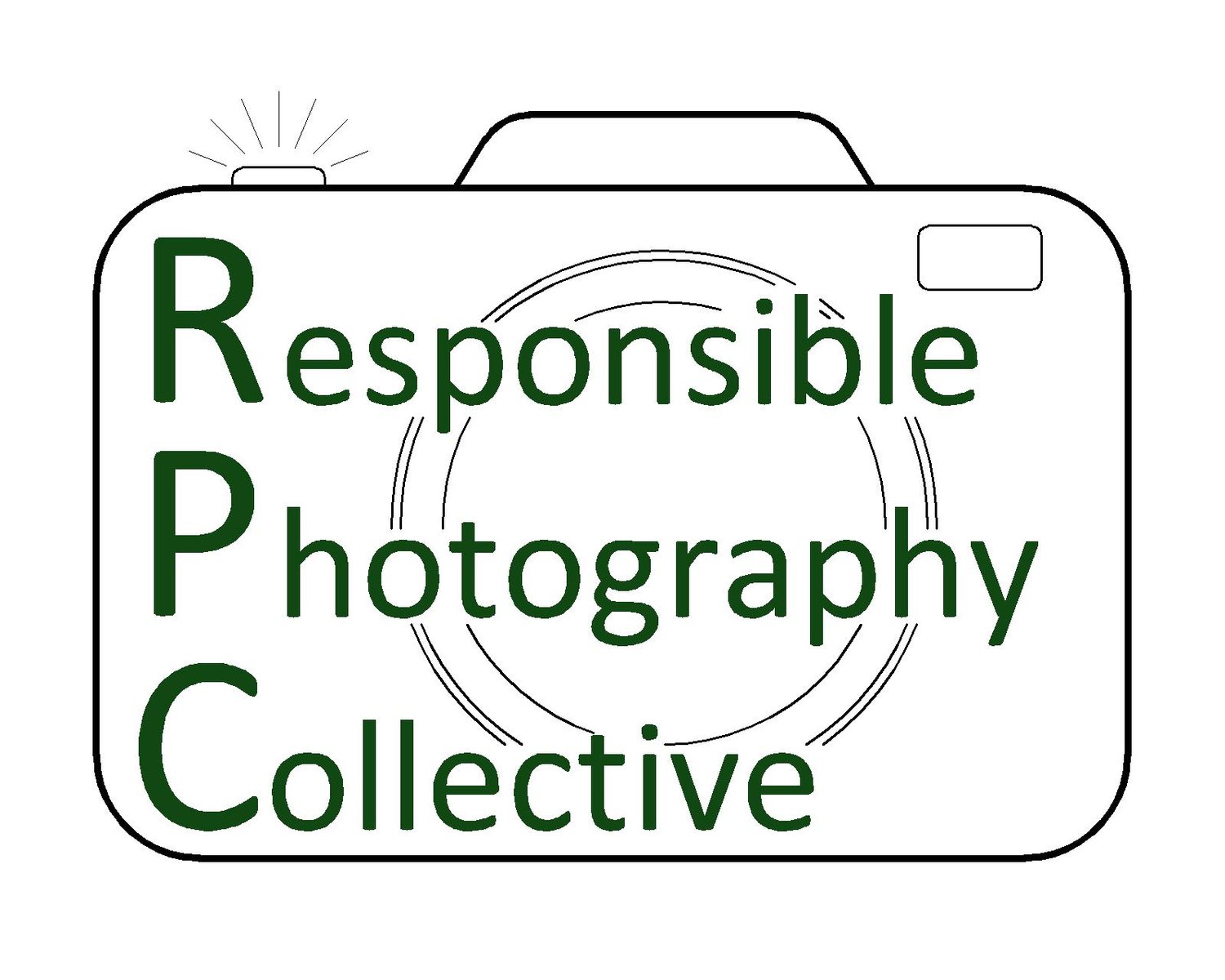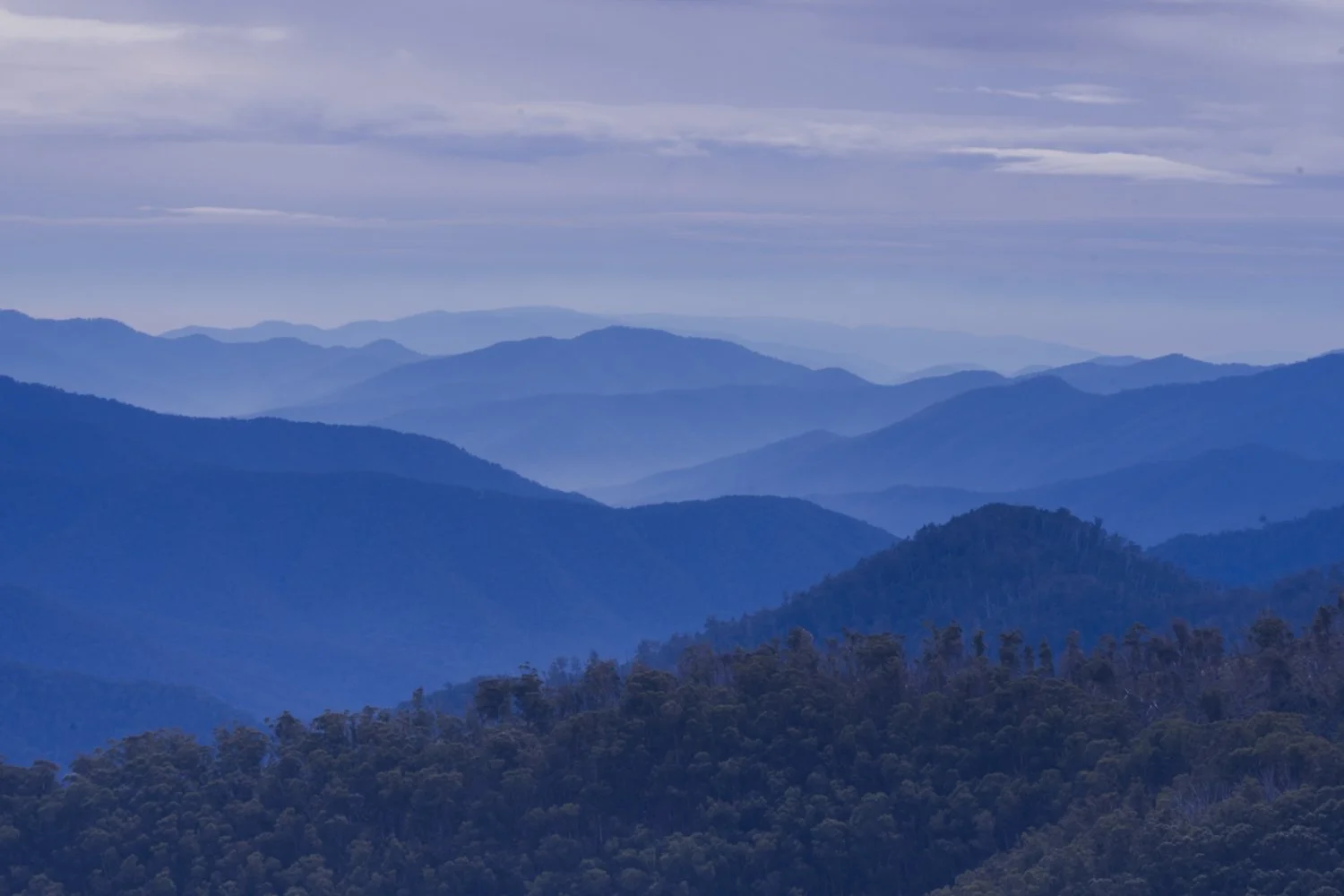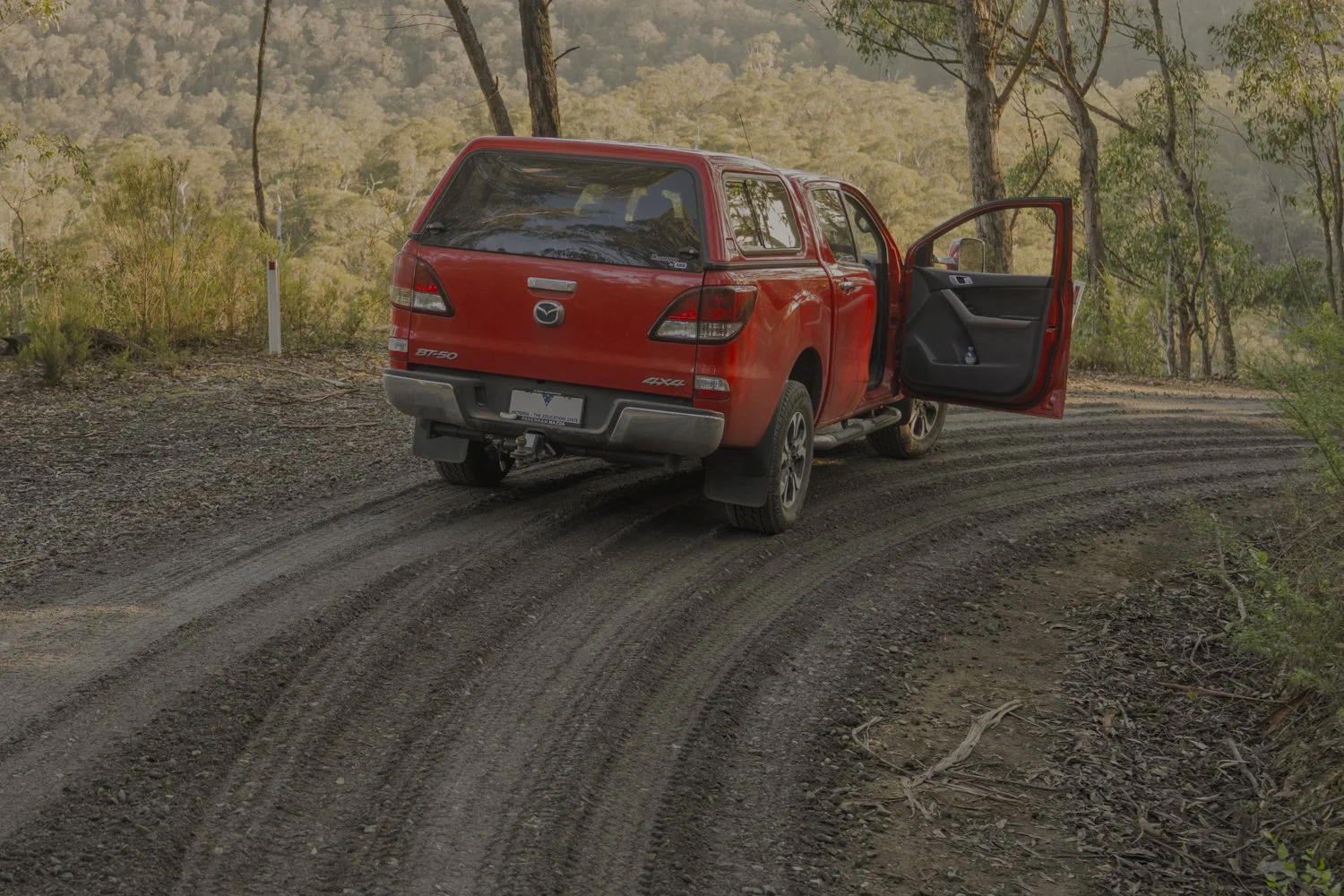Get Back Safe From Remote Photoshoots
“Difficult roads often lead to beautiful destinations.”
-Zig Ziglar
I live in a place, Australia, that doesn’t have the same infrastructure that many of our readers may be used to. Unsealed roads are a fact of life. And the quest for photographs can lead me over some very rough roads indeed, if the roads exist at all.
I’d like to offer some suggestions on how to get in and out of remote, undeveloped areas safely.
This view is taken from the Victorian highlands. You can only get there by taking an unsealed road along the side of a mountain in the Great Dividing Range. The road sees little maintenance and is usually quite rough. It’s a rough road that leads to a beautiful place.
Step One: Don’t Do Stupid Stuff
It never ceases to amaze me, but many emergencies are caused by people doing shockingly stupid things. It’s hard to believe anyone would do them. But they do. If it’s obviously dangerous, it’s probably not a good idea. For example, I understand that getting up close and personal with bison is a popular thing to do in North America. But it’s obviously dangerous and stupid. Don’t do stupid things like this.
Stop and think for a moment. If you do that, a lot of the stupid things that people do are obviously absurd. And your moment of thought might save your life.
Step Two: Invest In Quality Gear
People who do outdoors activities typically buy gear to let themselves do what they want to do safely. The gear helps to make activities more pleasant, but it’s also necessary for survival. A sleeping bag, for example, isn’t just a blanket to sleep in at night. It’s an insulation layer that can keep you alive in a cold weather emergency.
It’s important to invest in quality equipment. You may find yourself relying on it for survival. This means that you don’t want to be thankful for how much money you saved. You want to be thankful that you have what you need to survive. So don’t buy what’s cheap. Go to a quality retailer. Buy a quality product. Have what you need to survive.
Step Three: Think About What Can Go Wrong.
In planning any remote outing, I stop and think about what the worst possible scenario is. And then I assume it’s going to happen. So I prepare for it.
So far, none of my worst case scenarios has ever happened. But, thanks to those preparations, I have found it easy to handle lesser problems. Whatever I need is always close at hand. And if the worst happens one day, I’ll be prepared.
There’s no way to list all possible hazards one might face in all possible photographic outings. But here is a non-exclusive list of some things I consider.
I could get stranded.
I could be injured.
I could be bitten by a snake, spider, or other venomous creature.
I could run out of water or food.
I could suffer from exposure to heat or cold.
I could have a mechanical failure.
This is the view from the top of Mount Hotham in the Victorian Alps. It was cold up there. There was patchy snow. It’s not a great place to get stranded, so I had to be prepared.
Step Four: Educate Yourself About How Emergencies Can Play Out In Your Specific Environment And Prepare To Meet Them.
It’s tempting to think that all hazards are self-explanatory. For example, getting bitten by a venomous snake is the same anywhere, right?
Wrong. Different snakes have different venom that affects the body differently. This means that the proper first aid for a snake bite in Australia, for example, is different for the first aid for a snake bite in North America.
It’s important to have a snake bite kit with the right equipment—bandages and splits to immobilize limbs—here in Australia. But, in North America the venomous snakes are mostly pit vipers, whose venom behaves differently. So, commonly available snake bite kits and venom extractors are not recommended.
This illustrates the point that you need to think about where you are and the specific ways that hazards can play out. Being stranded in Alaska during the winter means your main danger is cold. But being stranded during the summer in Death Valley puts you in danger of heat exposure. Get stranded in the Australian Outback and add the risk of isolation, meaning that no one may come along for days or weeks.
Here are some of the ways I plan for worst case scenarios.
I always have extra water and other supplies. In hot conditions, I have even more. If it’s humid, I have even more still. Even in cold conditions, water is still vital. You can survive much longer without food than water, so I put the emphasis on having water supplies. I carry water in multiple tanks so that if one is punctured, I still have plenty in another. Have I mentioned that water is important? You can never have too much of it. But you can easily have not enough.
Carrying a first aid kit.
Have multiple means to call for help. If you’re doing the type of travel photography envisioned by this article, you’re probably not in an area with mobile phone coverage, so your phone doesn’t count. I rely on satellite messaging equipment to call for help from far away and and UHF radios to call for help from nearby. I have both of these in handheld forms so that I am not without them when I leave my vehicle.
Always having extra layers of clothing and mylar blankets. Mylar blankets are the so-called space blankets. Depending on which direction faces inward, they can trap heat inside near the body or they can reflect it away. This makes them useful in either hot or cold environments. Extra layers, for their part are also useful in summer when having dry clothing may be important or when shock, and other health emergencies can produce hypothermia even in heat.
Of course having this equipment is useless if you don’t know how to use it. So you need to take the time to learn how to use it too.
This is my car, a Mazda BT-50. North American readers will know it as a pickup truck. Here, we call a vehicle like this a ute. No matter what you call it, it’s equipped with four wheel drive, an extended range fuel tank, all terrain tires, a canopy, and other features that suit it for exploring rough roads. There have been times when the roads have been so rough that I’ve had to hold my dog so they don’t shake her to the ground. Take this, and not a passenger sedan, to explore rough roads.
Step Five: Have The Basic Non-Emergency Equipment
So far, I’ve focused on planning and equipping oneself for emergency scenarios. And that’s important. But many emergencies can also be avoided by having the right basic equipment to begin with.
The right basic equipment begins by having what you need to get to and from where you’re going. For example, a proper vehicle. If you’re going into remote areas, a small sedan is the wrong vehicle. A pickup truck equipped with features like four wheel drive and all terrain tires is what you need.
Beyond that, the ten essentials are a good, basic list of what you need. These are essential items for survival in the backcountry. They need not be expensive.
It’s getting into summer in the northern hemisphere. I thought about writing this article when it was summer where I am, but I wanted it to land when most people would find it most useful. I hope it helps you start to be safe as you travel into those remote places. Bear in mind that this is just a starting point and your most important survival tool is your brain. Use it before you find yourself in trouble and you’ll likely never end up in trouble at all. If you do, you’ll be ready.



